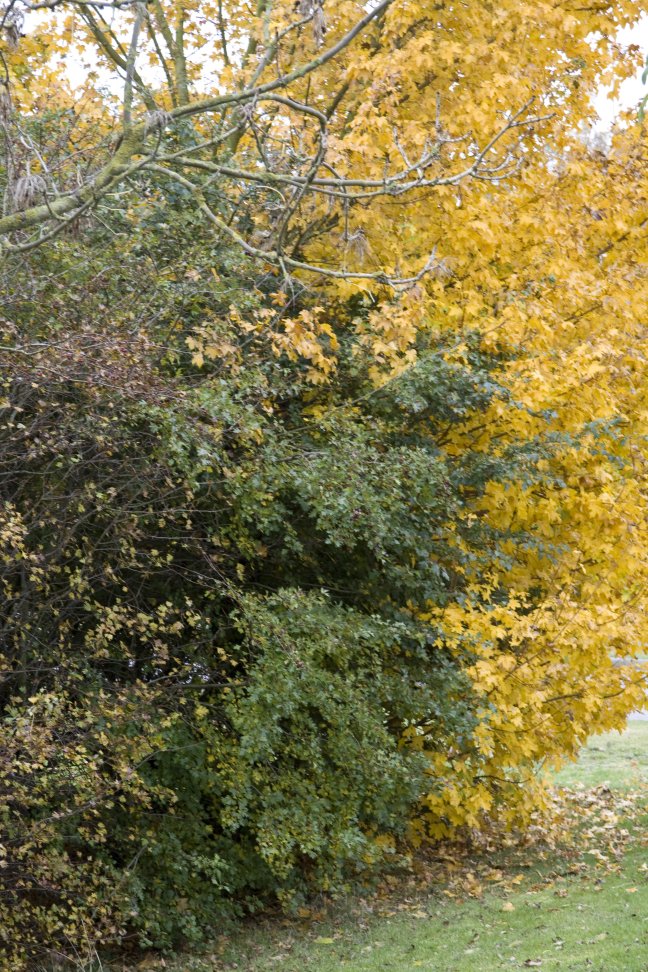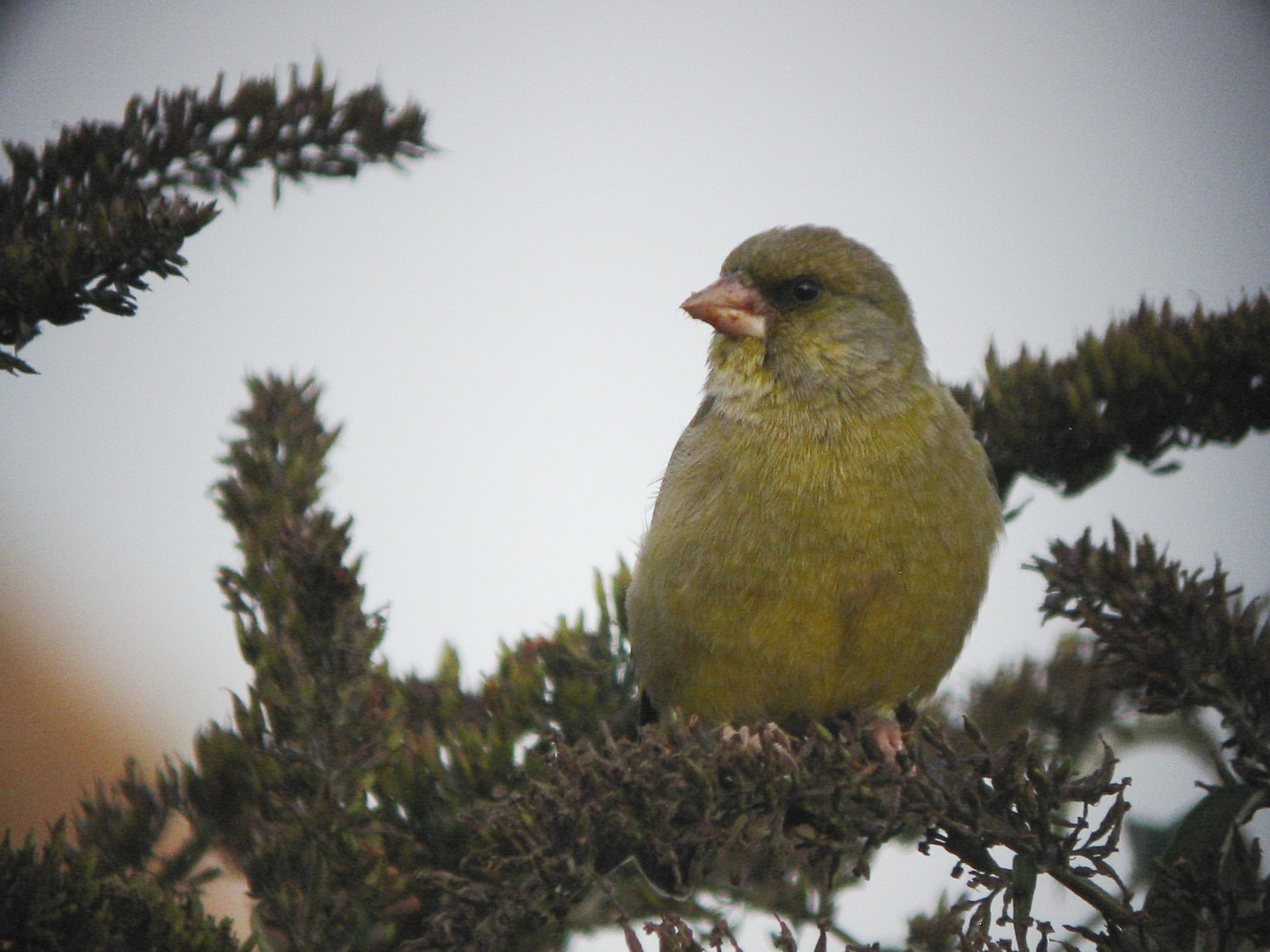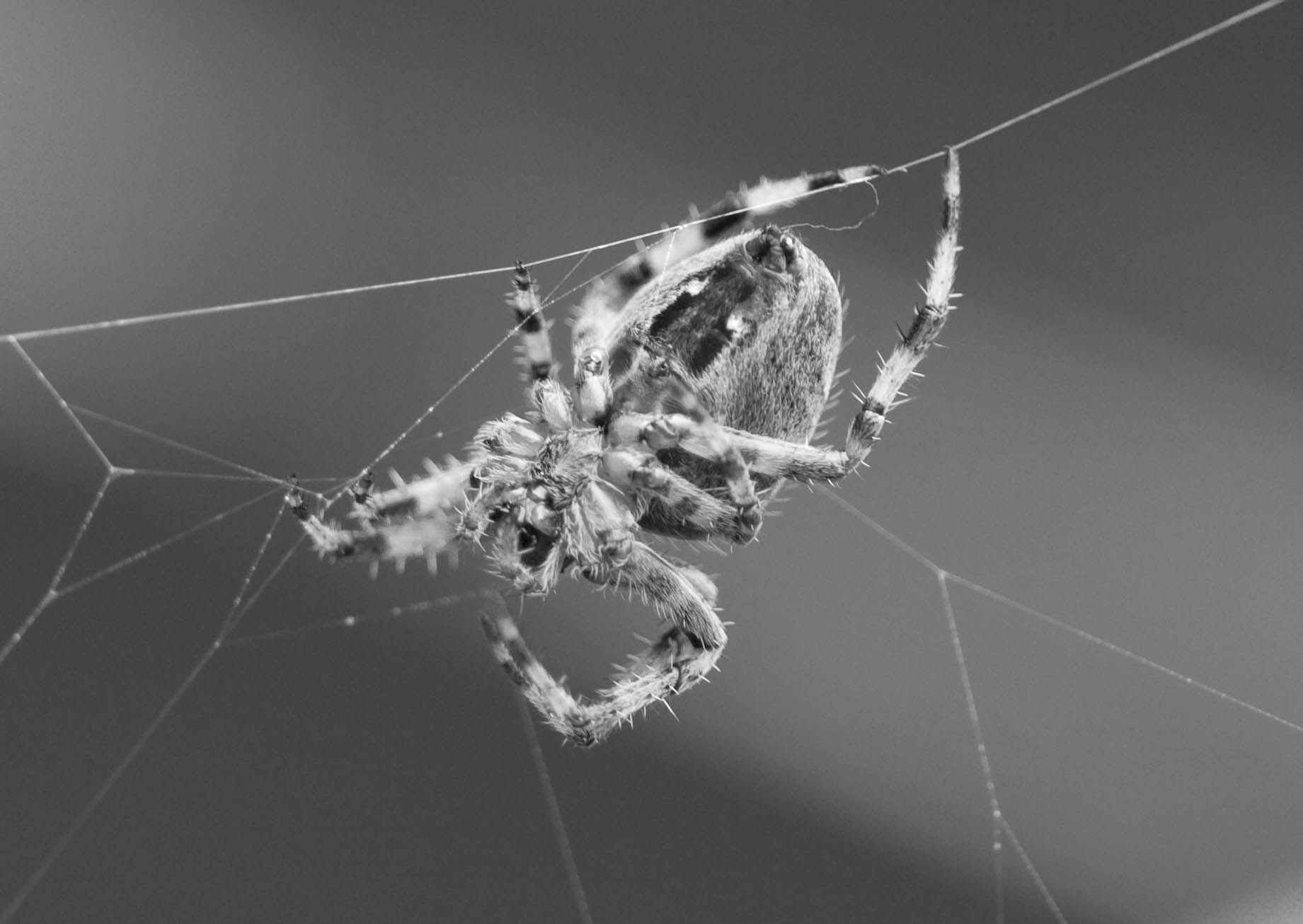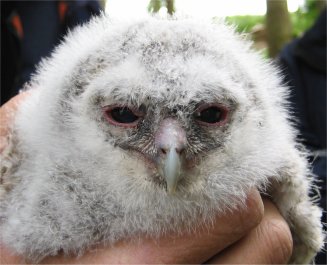I have anxiously been listening out for the sounds of Spring – the birds are singing, the expected flowers are starting to show up in various places and it is therefore with some anticipation that I have been listening out every morning for the sounds of frogs singing in the pond.
Other people had seen frog spawn in their ponds weeks ago, I was beginning to wonder if it was the fact that I had a north facing garden or whether we had upset the frogs by renovating their home last Summer. We spotted our first frogs last week, and this morning we saw frogspawn. See the photoevidence – please accept my apologies for the poor quality.
 Now the worry starts – we have had the pond for a few years now, but apart from some tadpoles from some imported spawn we have not had any tadpoles yet. The frost has usually killed it all off in the past, but we are hoping that the fact that we have deepened the pond and the spawn is near the bottom may give them a chance this year. Fingers crossed!
Now the worry starts – we have had the pond for a few years now, but apart from some tadpoles from some imported spawn we have not had any tadpoles yet. The frost has usually killed it all off in the past, but we are hoping that the fact that we have deepened the pond and the spawn is near the bottom may give them a chance this year. Fingers crossed!





